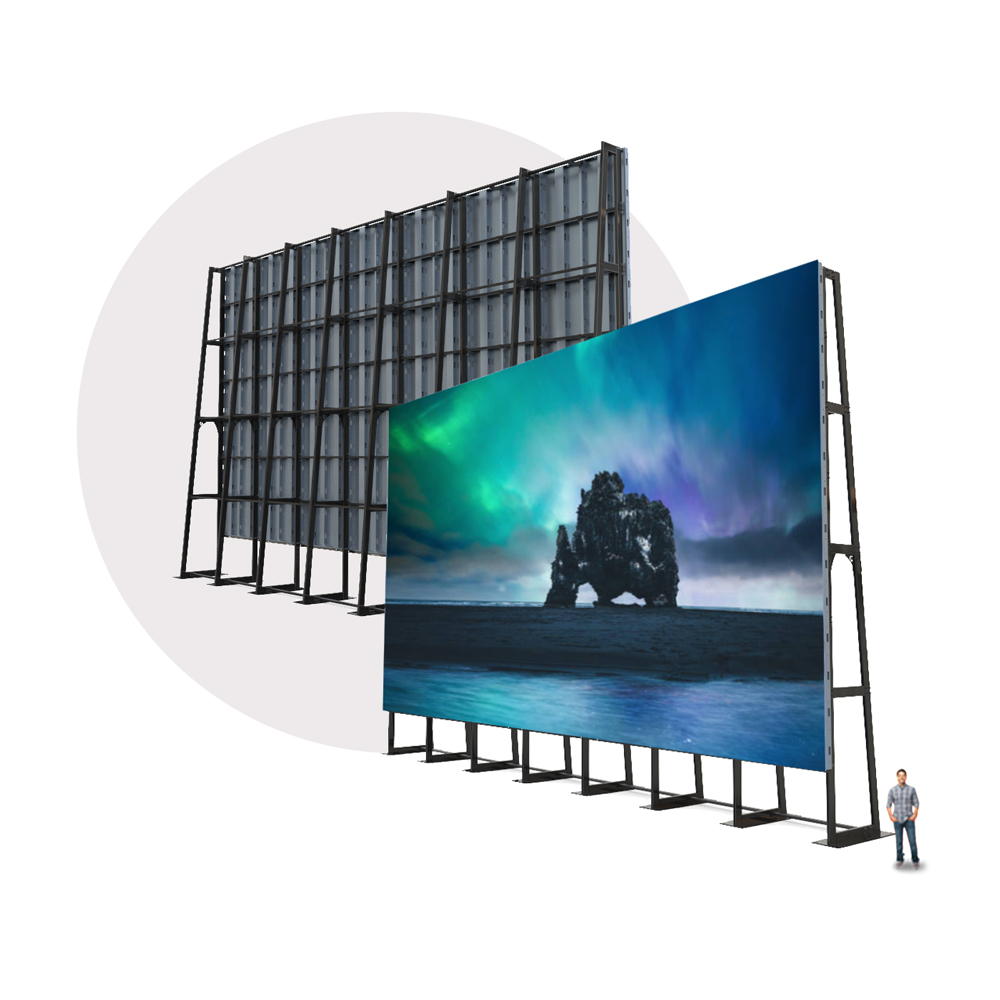Investigating the Durability of LED Display Screens in Comparison to Conventional Screen Technologies
Investigating the Durability of LED Display Screens in Comparison to Conventional Screen Technologies
Blog Article
LED panel panels have become progressively favored in recent times, especially in environments like schools, corporate spaces, and community areas. These panels use light-emitting diodes (LEDs) to produce bright and vibrant visuals. One of the most significant advantages of LED innovation is its longevity in contrast to conventional display methods, such as cathode ray monitors (CRTs) and liquid crystal screens. Grasping the differences in lifespan and performance between these technologies can help buyers make informed decisions about their screen requirements.
Traditional screen technologies, like CRTs, have been present for numerous years. They were frequently used in televisions and computer screens. However, CRTs have a limited lifespan, typically lasting approximately 10,000 to 20,000 hours of use. This means that after a couple years, users may observe a decline in picture clarity, such as fading or color distortion. In contrast, LED panel panels can last significantly longer, frequently exceeding 50,000 hours. This extended duration means that consumers can experience consistent functionality without the requirement for frequent substitutions.
Another crucial factor to consider is power conservation. LED wall screens utilize less energy than traditional displays, which not only benefits the environment but also reduces power costs. For example, while from this source a CRT screen may consume approximately 100 watts of power, an LED panel can use as little as 30 to 50 W. This discrepancy in energy consumption adds to the total durability of LED innovation, as lower energy consumption generates less heat. Excess thermal energy can damage electronic parts, leading to a shorter duration for conventional displays.
In addition to their longer lifespan and energy conservation, LED wall panels also provide enhanced image quality. They provide more vivid colors and better contrast, making them ideal for various uses, from marketing to educational presentations. The technology behind LED panels enables for a broader viewing angle, meaning that images stay sharp and vibrant even when viewed from the flank. This is a major benefit over conventional screens, which frequently suffer from color distortion and diminished luminosity at broader angles.
In conclusion, the longevity of LED panel screens in contrast to conventional screen technologies is a key factor for consumers to consider. With durations that can surpass 50,000 hours, energy efficiency, and enhanced visual clarity, LED technology provides many advantages. As technology continues to progress, LED wall panels are likely to become even more prevalent in multiple environments. Grasping these distinctions can help individuals and organizations make better decisions when investing in screen technology, guaranteeing they receive the optimal worth for their requirements.